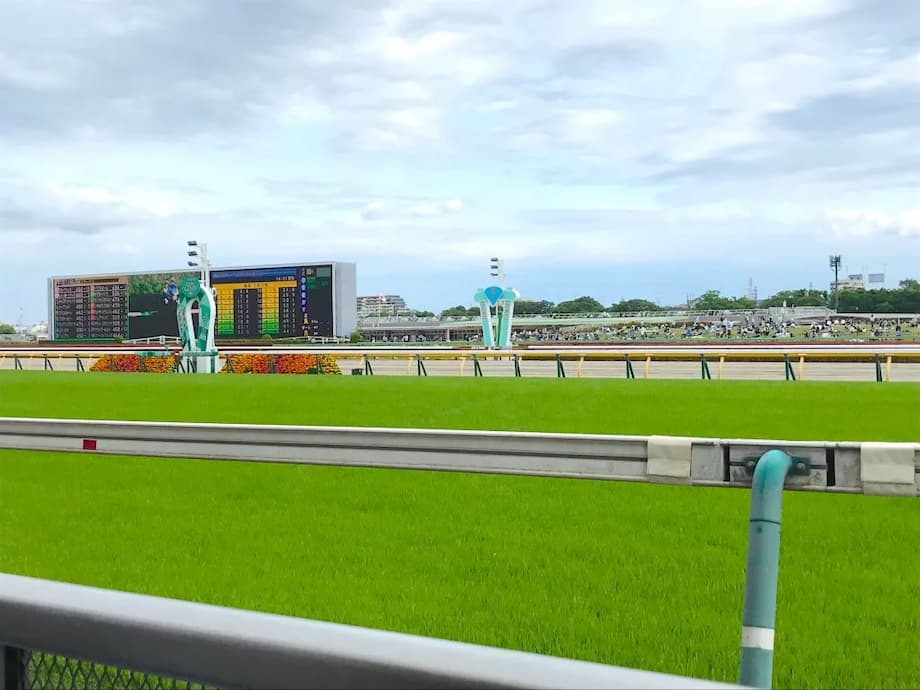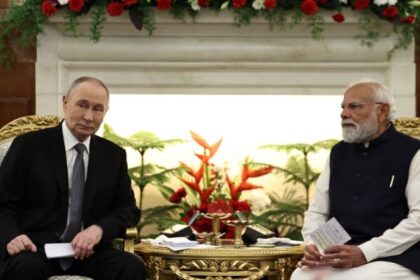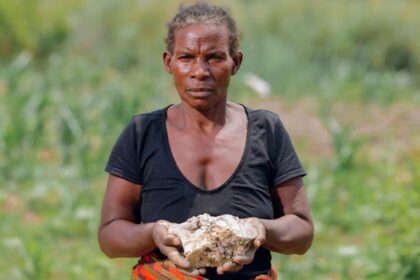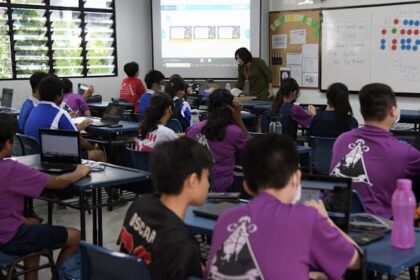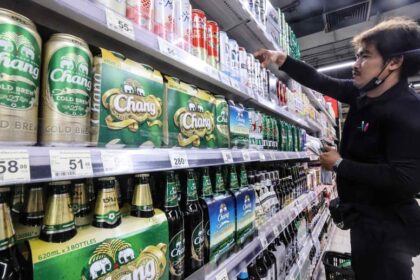A rare gap year for new jockeys in Japan
Japan’s central horse racing body will enter 2026 without any rookie jockeys, a first in more than four decades. The Japan Racing Association’s training pipeline has stalled after a small 2023 intake at its Horseracing School saw heavy attrition and retentions. The development is striking because the sport has grown a wider audience in recent years, helped by mainstream success, social media, and the popular Uma Musume franchise that introduced horse racing culture to many new fans.
- A rare gap year for new jockeys in Japan
- How the JRA jockey pipeline works
- Why weight limits are so hard to meet
- Phones, integrity rules, and the Fujita precedent
- What no new debuts in 2026 could mean for racing
- Ideas on reform and retention
- How Japan’s approach compares with overseas systems
- Fan growth, pop culture, and 2026 industry milestones
- Timeline and what to watch
- Key Points
The JRA Horseracing School, based in Shiroi in Chiba Prefecture, accepted seven trainees from 192 applicants for the most recent class. Four left the program. The remaining three must repeat a year of study and will not be eligible to debut until at least 2027. That leaves 2026 without any new jockeys licensed for the central circuit. The last time the school produced no graduates was before it opened in 1982. Since then, the academy had been a reliable source of at least a few new riders every year.
Officials cite two primary factors: strict weight management standards that some trainees could not maintain, and violations of tight rules on smartphones and internet connected devices designed to protect betting integrity. These norms are not theoretical. In 2024, high profile rider Nanako Fujita was suspended for rule breaches linked to communications, then chose to retire. The case underlined how seriously Japanese racing treats information control around participants.
How the JRA jockey pipeline works
The JRA is the organizer of top tier flat and jump racing at ten major tracks across Japan, including Tokyo, Nakayama, Hanshin, and Kyoto. It runs a comprehensive in house academy that prepares teenagers and young adults to become professional jockeys. The program lasts about three years and blends riding technique, equine care, fitness, racing laws, and classroom work. Students live under a regimented dormitory system to build routine, resilience, and discipline expected at the racecourse.
Entry is highly competitive. Applicants face written and physical tests, riding assessments, and interviews. Those who pass train daily, often with early morning trackwork and afternoon classes. Historically the school graduates at least three jockeys annually. New licensees then ride as JRA apprentices before they establish themselves with trainers and owners. Japan’s broader system includes two governing bodies, the JRA for the central circuit and the National Association of Racing (NAR) for local government tracks. Transfers can occur, and the JRA also grants short term licenses for foreign riders. Even with that flexibility, the school remains the main pathway to a JRA career.
Why weight limits are so hard to meet
Jockeys ride at assigned weights that are set by race conditions. The assigned figure covers the jockey and equipment. Many flat races in Japan carry riding weights in the low to mid 50 kilogram range. That demands a lean body composition along with the strength to control a powerful racehorse at high speed. Managing that balance is a serious athletic challenge for adolescents who are still growing and for adults whose bodies respond differently to intense training loads.
Weight control in racing is not simply about dieting. Riders need strength in the legs, core, and arms, plus balance and reaction speed. Dehydration can sap energy and impair judgment. Chronic restriction risks injury and undermines performance. Trainees must learn a sustainable approach that incorporates targeted gym work, correct riding posture, and careful nutrition. Daily weigh ins, race day targets, and routine oversight are part of school life. For some, the pressure is manageable. For others, it becomes the breaking point that leads to withdrawal or a forced delay.
Assigned weights and safety
Assigned weights are designed to create fair competition between horses with different profiles. Lighter imposts aim to boost the chances of less accomplished runners, while better horses carry more. This system tries to level the field. It also influences risk management. A rider who is unnaturally drained by weight cuts can make split second mistakes. The school, stewards, and trainers all have a stake in ensuring that a young jockey’s method for hitting the number does not compromise safety for horse and rider.
Phones, integrity rules, and the Fujita precedent
Racing is tightly connected to regulated wagering. That means inside information has real monetary value. Most jurisdictions restrict the use of communication devices for licensed participants during certain periods, especially on race days. The JRA applies a strict approach in training as well. Students face limits on smartphone and internet access to reinforce professional standards and to prevent the risk of leaks about horses, injuries, tactics, or stable confidence.
The consequences of rule breaches are not abstract. In 2024, well known jockey Nanako Fujita was suspended after violations of device restrictions. She then retired from riding. Her case showed that penalties are meaningful and that reputations can suffer. For teenagers in a boarding school environment, limits on phones and connected devices can be a major culture shock. Some trainees are not prepared for that discipline, and noncompliance can lead to dismissal or delayed graduation.
How other racing nations police communications
Japan is not unique in seeing phones as a vector for risk. Stewards in major racing countries monitor communications and restrict devices for jockeys in specified zones and times. Rules cover betting contact, non public medical data, and inside knowledge of tactics. The JRA’s school goes a step further by building that culture of restraint into everyday life. The approach promotes integrity but can feel out of step with modern habits for students used to constant connectivity.
What no new debuts in 2026 could mean for racing
The absence of rookies does not halt the season. The JRA will rely on its existing roster of licensed jockeys. Trainers still have many accomplished riders to book, and the association can authorize short term licenses for select foreign jockeys if it chooses. Day to day race programming should continue without disruption. Even so, a gap year narrows the bench of young riders who would normally gain experience on smaller mounts, in maiden races, and during winter meetings.
Rookies serve a purpose that goes beyond filling fields. They energize the sport with fresh profiles and storylines. Fans often follow a new crop closely and cheer on their first wins. Owners and trainers use apprentices with weight allowances in the right spots to gain tactical advantages. One missing class of newcomers compresses these dynamics. It may put extra booking pressure on mid tier jockeys and could slow the rise of the next breakout name. For an audience that has expanded in recent years, losing that annual wave of new faces is a cultural loss as much as a staffing one.
Ideas on reform and retention
The dropout and retention wave has prompted calls for changes to how the school supports students. Better daily nutritional support, on site sports science, and personalized weight plans could help. Clearer milestones for expected growth and short recovery windows during the academic calendar may reduce burnout. Mentorship from senior riders who have mastered safe weight control could be formalized into the curriculum.
Device rules present a different dilemma. Integrity is nonnegotiable. At the same time, young athletes live through their phones, from family contact to mental health tools. Some advocates argue for structured access windows in the dormitory and monitored messaging rather than blanket bans, alongside more education on why the restrictions exist. The goal is to graduate riders who understand and embrace the code, not simply fear penalties. The crisis also renewed attention on broader talent pathways, such as smoother bridges for NAR apprentices who meet JRA standards, and more transparent mid course support for students struggling with classes or homesickness.
How Japan’s approach compares with overseas systems
Many countries rely on apprenticeship models anchored in professional stables, supported by national academies. Students often split time between the classroom and paid stable work, with flexibility in how and when they ride in trials and races. Advocates of reform argue that these systems let trainees develop at a pace that fits their growth and body type, which can reduce attrition. Japan’s centralized model builds consistency and discipline, but it can feel rigid to teenagers who are adapting to the demands of elite sport and boarding life.
None of the models is easy. Jockeys everywhere deal with small margins of error, high speed falls, and the stress of making weight. Japan’s challenge is to protect the integrity that underpins trust in the betting product while providing enough individualized support to keep talented students on track. The present pause in new debuts shows how fine that balance can be.
Fan growth, pop culture, and 2026 industry milestones
Japan’s racing audience has broadened, in part because of mainstream pop culture that celebrates famous horses and racing storylines. Uma Musume raised awareness and introduced new fans to track etiquette, the meaning of graded stakes, and the personalities in the sport. The JRA has engaged with this momentum while trying to maintain old school standards for participants. The current shortage of rookies sits at the intersection of that cultural shift. Many more people are watching, yet fewer are able to meet the sport’s oldest demands.
Industry leaders across Asia are already discussing these pressures. The Asian Racing Conference in Sapporo in 2024 focused on integrity, new age threats, fan engagement, and participant wellbeing. Saudi Arabia will host the next conference in 2026, bringing together administrators, owners, and regulators to debate solutions. In the same year, a proposed global jockey league aims to spotlight star riders across a small number of international events, with the stated goal of drawing new audiences. These efforts suggest that racing authorities see a need to modernize communications and present the sport more transparently, while safeguarding the essentials that keep competition fair.
Timeline and what to watch
The trainees who remained at the JRA school will repeat a year and, if they pass final assessments, target debuts in 2027. The next intake of students will move through the curriculum with the school’s response to this year’s setbacks under close scrutiny. Owners and trainers will continue to book from the current pool of riders. A few foreign jockeys may appear on short term licenses during peak seasons, depending on scheduling and demand.
Integrity enforcement will stay in the spotlight. The Fujita case continues to color how fans and riders perceive the risks of phone use around racing. Weight management will remain a barrier for many teenagers who hope to become jockeys. The JRA must decide how far it can adjust support structures without diluting the standards that built its reputation for professionalism and fairness.
Key Points
- For the first time since the JRA school opened in 1982, there will be no new jockeys debuting in 2026.
- The 2023 class accepted seven trainees from 192 applicants; four left and three must repeat a year, pushing possible debuts to 2027.
- Weight control demands and violations of strict smartphone and device rules were the main reasons for the shortage.
- In 2024, prominent jockey Nanako Fujita was suspended for communications rule breaches and later retired, highlighting strict enforcement.
- Racing will continue with the current roster; the JRA can also issue short term licenses to foreign riders if needed.
- Observers advocate more nutrition and mental health support, and a modern approach to device policies that still protects integrity.
- Asian racing leaders discussed integrity and wellbeing at the 2024 Sapporo conference; Saudi Arabia will host the next conference in 2026.
- The earliest new JRA rookies from the affected class are expected to debut in 2027, pending successful completion of training.


